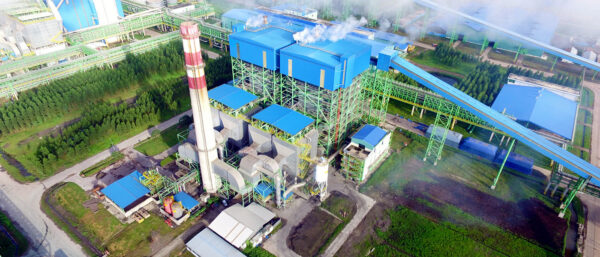EN50155 standard “Railway Applications Electronic Equipment Used on Rolling Stock” is one of the two most used standards for DC conversion Equipment in Railway application. This European Standard applies to all electronic equipment for control, regulation, protection, diagnosis, energy supply, etc. installed on rail vehicles.RIA12 from UK, “General Specification for Protection of Traction and Rolling Stock Equipment from Transients and Surge in DC Control Systems” is also well-known as a point of reference for DC system designs in Railway application. Even though those standards are quite similar, the RIA12 requires higher input voltage than EN50155.
Operating Voltage Ranges
There are several battery systems in railway application.Those are 24, 36, 48, 72, 96, 110VDC but the input voltage is not stable when the system is operating. Equipment powered directly from batteries with no voltage stabilizing device must function properly with input voltages that range from 0.7VN to 1.25VN during normal operation. The equipment must also withstand input voltage drops of 0.6(VN) for 100 ms and overvoltage surges of 1.4VN for one second that may occur during startup.
Nominal Inputs (VN) Permanent Input Ranges (0.7VN – 1.25VN)
| Nominal Inputs (VN) | Permanent Input Ranges (0.7VN – 1.25VN) | Transients | |
| Low (0.1s) 0.6VN | High (1s) 1.4VN | ||
| 24V | 16.6 – 30V | 14.4V | 33.6V |
| 37.5V | 26 – 47V | 22.5V | 52.5V |
| 48V | 33.6 – 60V | 28.8V | 67.2V |
| 72V | 50.4 – 90V | 43.2V | 100.8V |
| 96V | 67.2 – 120V | 57.6V | 134.4V |
| 110V | 77 – 137.5V | 66V | 154V |
Isolation Voltage
According to EN50155, there is a basic requirement for isolation voltage between input and output.Where Un is Battery System
Un<72: 500VAC, 72VDC<=Un <125VDC: 1000VAC, 125VDC<=Un <315VDC: 1500VAC
Electromagnetic Interference Requirements
Railway electronic systems are subjected to different level of electromagnetic interference requirements. Helios’ railway DC/DC Converters and DC/AC Inverters meet the following standards.
| Parameter | Basic Standard | Conditions | Performance Criteria |
| ESD | EN61000-4-2 | Air ± 8kV | B |
| Contact ± 8kV | |||
| Radiated Immunity | EN61000-4-3 | 20V/m | A |
| Fast Transient | EN61000-4-4 | ± 2kV | A |
| Surge | EN61000-4-5 | Line-Gnd: ± 2kV | B |
| Line-Line: ± 1kV | |||
| Conducted Immunity | EN61000-4-6 | 10V/m | A |
Operating Temperature Range
According to the table shown as below required by EN50155, the power module needs to be designed to meet requiments of sorrounding environment and make sure temperature of the power module under the maximum rating.
| Operating Temp. Classes | Ambient Temp Outsite vehicle | Internal Cubicle Temp. | Internal Cubicle Overtemp. (10 min.) | Air Temp. Around PCB |
| T1 | -25 +40ºC | -25 / +55ºC | +15ºC | -25 / +70ºC |
| T2 | -40 +35ºC | -40 / +55ºC | +15ºC | -40 / +70ºC |
| T3 | -25 +45ºC | -25 / +70ºC | +15ºC | -25 / +85ºC |
| TX | -40 +50ºC | -40 / +70ºC | +15ºC | -40 / +85ºC |
Rugged Mechanical Designs
Helios power supplies are ruggedly constructed and can be customized for specific mechanical requirements. Standard mechanical packages and ruggedization options include:
- Chassis and wall-mountable units in vented conduction/convection or fan-cooled enclosures
- DIN-rail and open-frame format available for many designs
- Plug-in (Eurocard) format for modular power systems in 19 inch or 23 inch racks
- Conformal coating and ruggedizing are standard
- Full encapsulation (potting) in a thermally conductive MIL-grade silicon rubber compound with UL94V-0 flammability rating for immunity to high levels of shock and vibration, humidity, moisture, dust, salt, oil, insects and other contaminants
- Enclosure in rugged, IP66- or IP67-rated waterproof, dustproof and explosion-proof die cast aluminum packages. These enclosures also protect internal electronic boards from condensation and the ingress of oil, salt, sand, insects and other environmental contaminants


















